-
 bitcoin
bitcoin $108842.957301 USD
-1.88% -
 ethereum
ethereum $3931.777121 USD
-1.66% -
 tether
tether $1.000186 USD
-0.03% -
 bnb
bnb $1153.250882 USD
-2.20% -
 xrp
xrp $2.367904 USD
-1.94% -
 solana
solana $186.182050 USD
-4.20% -
 usd-coin
usd-coin $0.999997 USD
0.00% -
 tron
tron $0.316949 USD
-1.00% -
 dogecoin
dogecoin $0.190780 USD
-3.12% -
 cardano
cardano $0.651324 USD
-2.67% -
 hyperliquid
hyperliquid $37.141055 USD
-0.85% -
 ethena-usde
ethena-usde $0.999224 USD
-0.09% -
 chainlink
chainlink $17.579031 USD
-2.47% -
 bitcoin-cash
bitcoin-cash $509.426284 USD
-2.79% -
 stellar
stellar $0.315298 USD
-2.93%
How to find the memo or destination tag in Trust Wallet?
In Trust Wallet, find the memo or destination tag by tapping "Receive" for assets like XRP or BEP-2 tokens—it's shown below the address and must be included to avoid fund loss.
Oct 10, 2025 at 07:54 pm
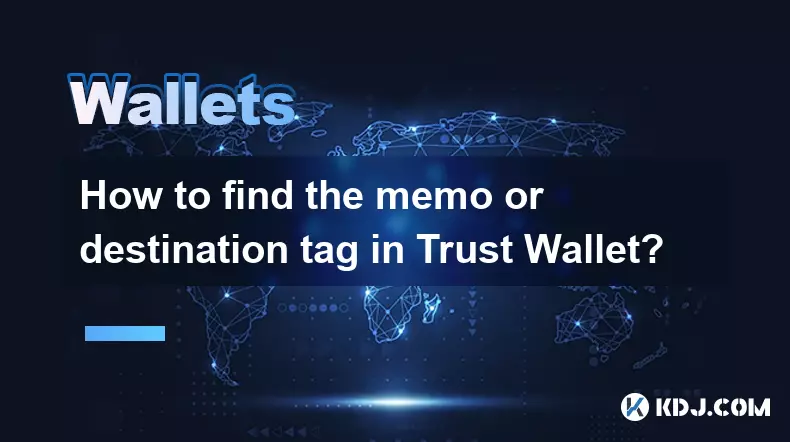
Finding the Memo or Destination Tag in Trust Wallet
Trust Wallet is a popular cryptocurrency wallet used by millions for storing and managing digital assets. When dealing with certain blockchains like Binance Chain or Ripple, transactions require additional identifiers such as a memo or destination tag to ensure funds reach the correct recipient. Without this information, transfers may fail or result in lost funds.
Understanding Memos and Destination Tags
1. A memo is a unique identifier required when sending tokens on specific networks, particularly BEP-2 assets on Binance Chain.2. The destination tag serves a similar purpose, mainly used in Ripple (XRP) transactions to direct funds to the intended user within an exchange or service.
3. These identifiers are not part of the wallet address but are mandatory fields during the sending process.
4. Omitting or entering an incorrect memo or destination tag can lead to irreversible loss of funds.
5. Different cryptocurrencies have varying requirements—some need memos, others do not.
Locating the Memo or Destination Tag in Trust Wallet
1. Open Trust Wallet and select the cryptocurrency that requires a memo or destination tag, such as XRP or a BEP-2 token.2. Tap on the 'Receive' option for that particular asset.
3. The wallet will display both the receiving address and a separate field labeled “Memo” or “Destination Tag.”
4. Copy the alphanumeric code or numeric value shown in this field carefully.
5. Always double-check the memo or destination tag before initiating any transaction from another platform.
Best Practices for Using Memos and Destination Tags
1. Never send funds without verifying whether the network requires a memo or destination tag.2. Save screenshots or notes of your memos and destination tags for future reference.
3. When depositing into exchanges like Binance or Kraken, ensure you enter the exact memo provided by the exchange.
4. Avoid sharing your memo publicly; treat it with the same level of security as your private keys.
5. Confirm the correct blockchain network before sending—sending BEP-2 tokens via BEP-20 could result in loss even with the right memo.
Frequently Asked Questions
What happens if I don’t include a memo when sending XRP?
If you omit the destination tag while sending XRP to an exchange or service that requires one, the transaction might be rejected or credited to the wrong account. Many platforms automatically discard such deposits, resulting in permanent loss unless manual recovery is possible through customer support.
Can two users have the same destination tag?
No, destination tags are unique per user within a given system, such as an exchange. While the main XRP address might be shared among multiple users for deposit purposes, the destination tag ensures individual identification. Sending without it risks misallocation of funds.
Is the memo the same as the wallet address?
No, the memo is a separate identifier and should never be confused with the wallet address. The wallet address identifies the recipient’s account, while the memo specifies which sub-account or user within that address should receive the funds. Both pieces of information are essential for successful transactions on supported networks.
Do all cryptocurrencies require a memo?
No, only specific blockchains and tokens require memos or destination tags. For example, Ethereum-based tokens (ERC-20) do not use memos, whereas BEP-2 tokens and XRP do. Always verify the requirements of the network and receiving platform before initiating a transfer.
Disclaimer:info@kdj.com
The information provided is not trading advice. kdj.com does not assume any responsibility for any investments made based on the information provided in this article. Cryptocurrencies are highly volatile and it is highly recommended that you invest with caution after thorough research!
If you believe that the content used on this website infringes your copyright, please contact us immediately (info@kdj.com) and we will delete it promptly.
- BNB & BSC: Riding the Bull Run with Strong Support
- 2025-10-18 04:25:12
- Altcoins in the Spotlight: Solana, Ethereum, and the Rise of AlphaPepe
- 2025-10-18 04:25:12
- Crypto Opportunities: Investing in SHIB and TAP for Potential Gains
- 2025-10-18 04:30:13
- XRP's Wild Ride: ETF Delays and Price Drop – What's a Crypto New Yorker to Do?
- 2025-10-18 05:05:13
- Shiba Inu and the Quest for Crypto's Highest Gains: What's Next?
- 2025-10-18 04:30:13
- Midnight, Hydra Layer 2, and the NIGHT Token: A New Dawn for Cardano?
- 2025-10-18 04:45:14
Related knowledge
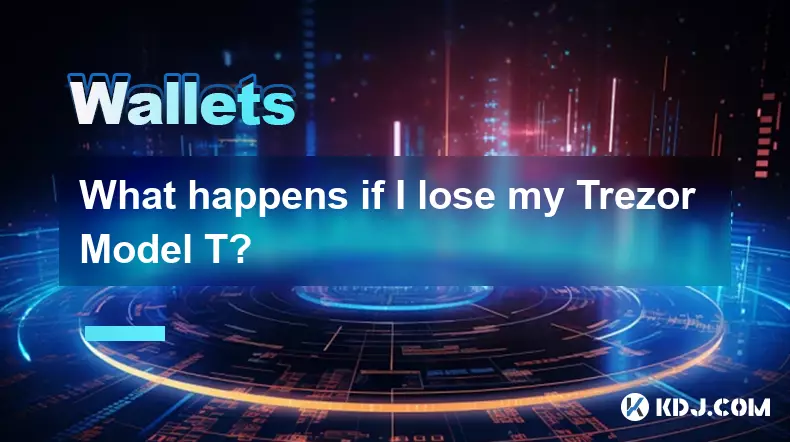
What happens if I lose my Trezor Model T?
Oct 18,2025 at 03:00am
Recovering Access to Your Cryptocurrency After Losing a Trezor Model T1. The Trezor Model T is a hardware wallet designed to securely store private ke...
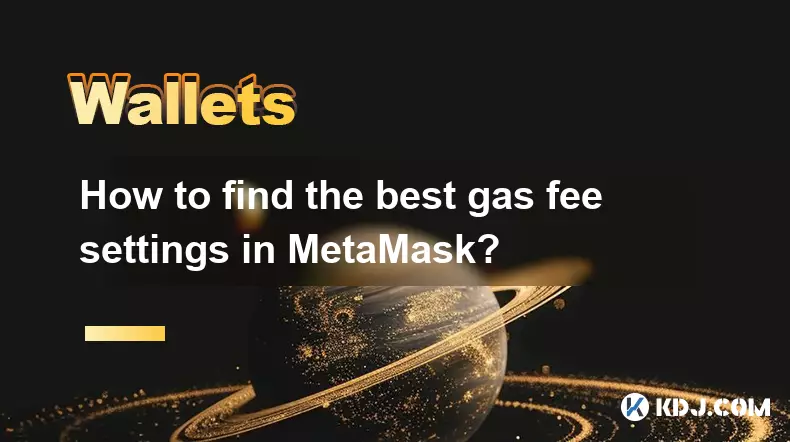
How to find the best gas fee settings in MetaMask?
Oct 17,2025 at 05:54pm
Understanding Gas Fees in MetaMask1. Gas fees are payments made by users to cover the computational energy required to process and validate transactio...
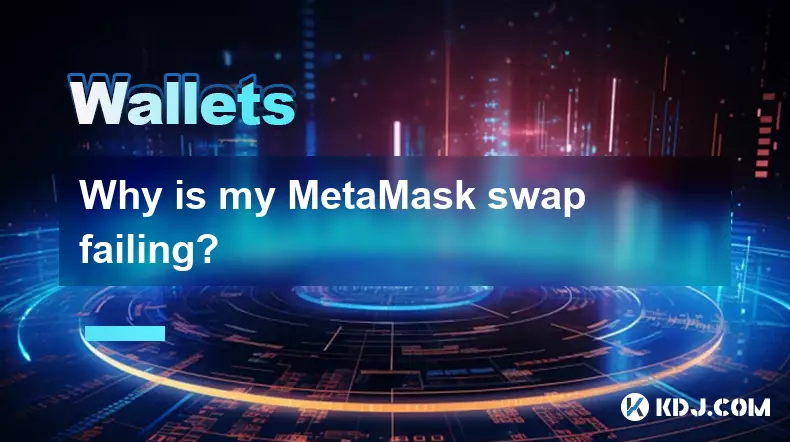
Why is my MetaMask swap failing?
Oct 17,2025 at 04:01am
Common Reasons for MetaMask Swap Failures1. Insufficient gas fees – Transactions on Ethereum and other EVM-compatible blockchains require gas to execu...
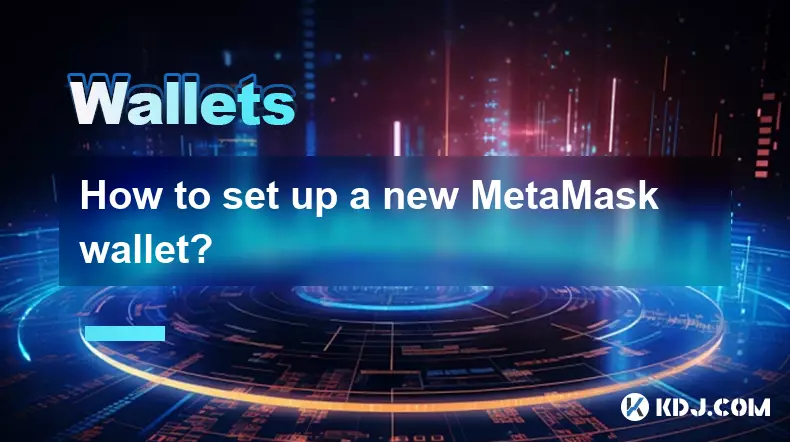
How to set up a new MetaMask wallet?
Oct 16,2025 at 11:37pm
Creating a New MetaMask Wallet1. Navigate to the official MetaMask website or download the MetaMask extension from your browser’s web store. Supported...
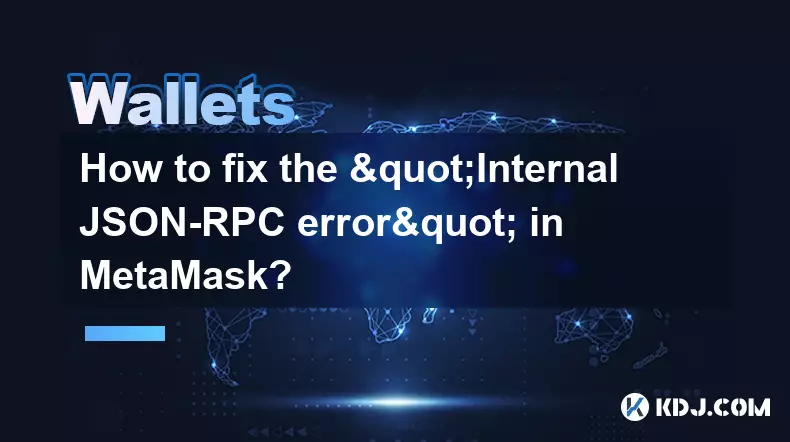
How to fix the "Internal JSON-RPC error" in MetaMask?
Oct 17,2025 at 08:00am
Understanding the 'Internal JSON-RPC Error' in MetaMask1. The 'Internal JSON-RPC error' is a common issue encountered by users interacting with decent...
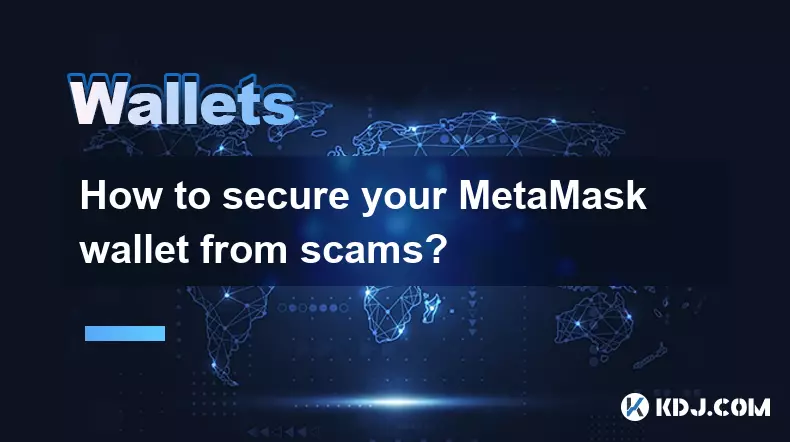
How to secure your MetaMask wallet from scams?
Oct 17,2025 at 02:55pm
Understanding Common MetaMask Scams1. Fake phishing websites are one of the most prevalent threats to MetaMask users. These sites mimic legitimate pla...

What happens if I lose my Trezor Model T?
Oct 18,2025 at 03:00am
Recovering Access to Your Cryptocurrency After Losing a Trezor Model T1. The Trezor Model T is a hardware wallet designed to securely store private ke...

How to find the best gas fee settings in MetaMask?
Oct 17,2025 at 05:54pm
Understanding Gas Fees in MetaMask1. Gas fees are payments made by users to cover the computational energy required to process and validate transactio...

Why is my MetaMask swap failing?
Oct 17,2025 at 04:01am
Common Reasons for MetaMask Swap Failures1. Insufficient gas fees – Transactions on Ethereum and other EVM-compatible blockchains require gas to execu...

How to set up a new MetaMask wallet?
Oct 16,2025 at 11:37pm
Creating a New MetaMask Wallet1. Navigate to the official MetaMask website or download the MetaMask extension from your browser’s web store. Supported...

How to fix the "Internal JSON-RPC error" in MetaMask?
Oct 17,2025 at 08:00am
Understanding the 'Internal JSON-RPC Error' in MetaMask1. The 'Internal JSON-RPC error' is a common issue encountered by users interacting with decent...

How to secure your MetaMask wallet from scams?
Oct 17,2025 at 02:55pm
Understanding Common MetaMask Scams1. Fake phishing websites are one of the most prevalent threats to MetaMask users. These sites mimic legitimate pla...
See all articles










































































